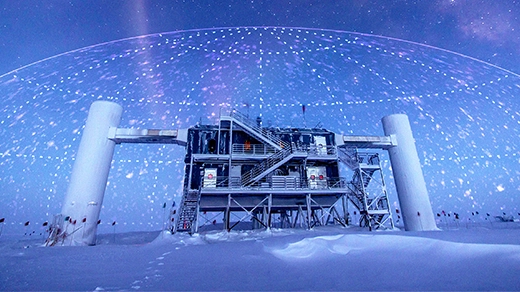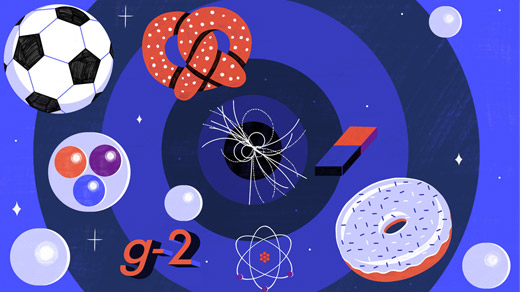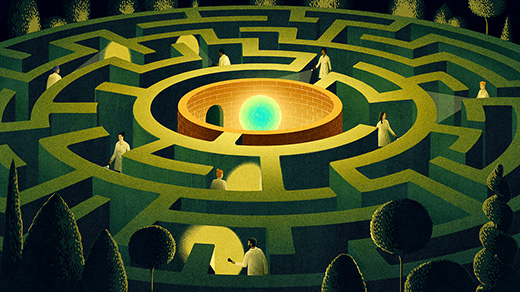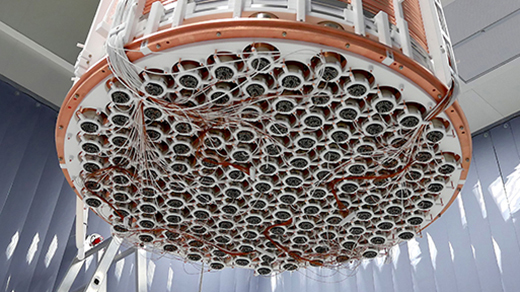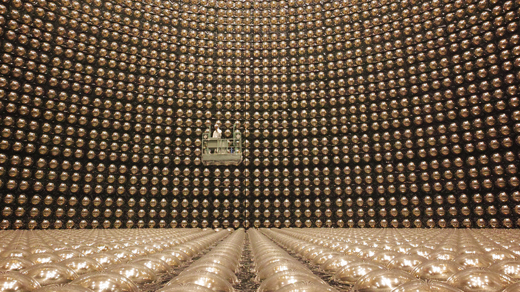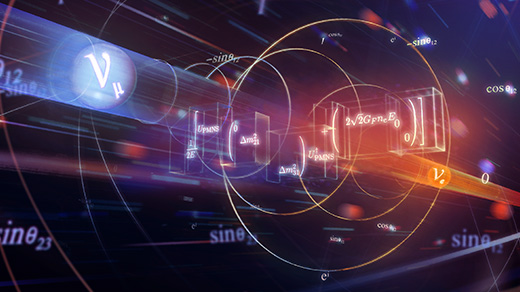What's up in
Neutrinos
Latest Articles
What Could Explain the Gallium Anomaly?
Physicists have ruled out a mundane explanation for the strange findings of an old Soviet experiment, leaving open the possibility that the results point to a new fundamental particle.
A New Map of the Universe, Painted With Cosmic Neutrinos
Physicists finally know where at least some of these high-energy particles come from, which helps make the neutrinos useful for exploring fundamental physics.
Sparse Networks Come to the Aid of Big Physics
A novel type of neural network is helping physicists with the daunting challenge of data analysis.
What Is Quantum Field Theory and Why Is It Incomplete?
Quantum field theory may be the most successful scientific theory of all time, but there’s reason to think it’s missing something. Steven Strogatz speaks with theoretical physicist David Tong about this enigmatic theory.
Is the Great Neutrino Puzzle Pointing to Multiple Missing Particles?
Years of conflicting neutrino measurements have led physicists to propose a “dark sector” of invisible particles — one that could simultaneously explain dark matter, the puzzling expansion of the universe, and other mysteries.
Cosmic Map of Ultrahigh-Energy Particles Points to Long-Hidden Treasures
Ultrahigh-energy cosmic rays twist and turn on their way to Earth, which has made it nearly impossible to identify the colossal monsters that create them.
Dark Matter Experiment Finds Unexplained Signal
Researchers say there are three possible explanations for the anomalous data. One is mundane. Two would revolutionize physics.
Neutrino Asymmetry Passes Critical Threshold
The first official evidence of a key imbalance between neutrinos and antineutrinos provides one of the best clues for why the universe contains something rather than nothing.
Neutrinos Lead to Unexpected Discovery in Basic Math
Three physicists stumbled across an unexpected relationship between some of the most ubiquitous objects in math.

